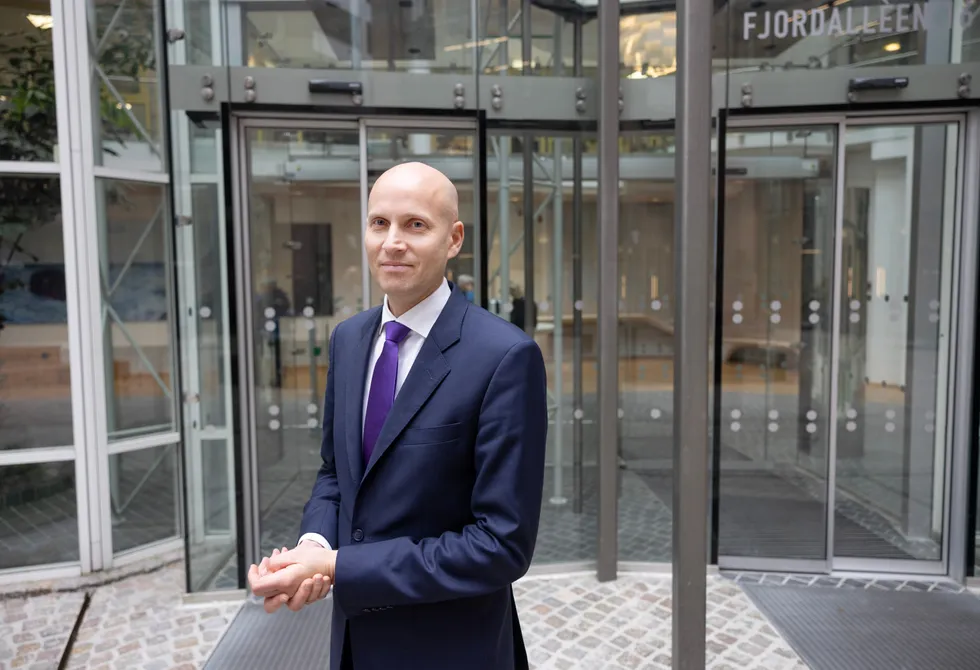EXCLUSIVE | European hydrogen electrolyser sector at risk of collapse due to cheap Chinese imports, warns Nel CEO
The EU should introduce local-content requirements to protect the European industry from the kind of meltdown previously seen in the solar sector, Håkon Volldal tells Hydrogen Insight
